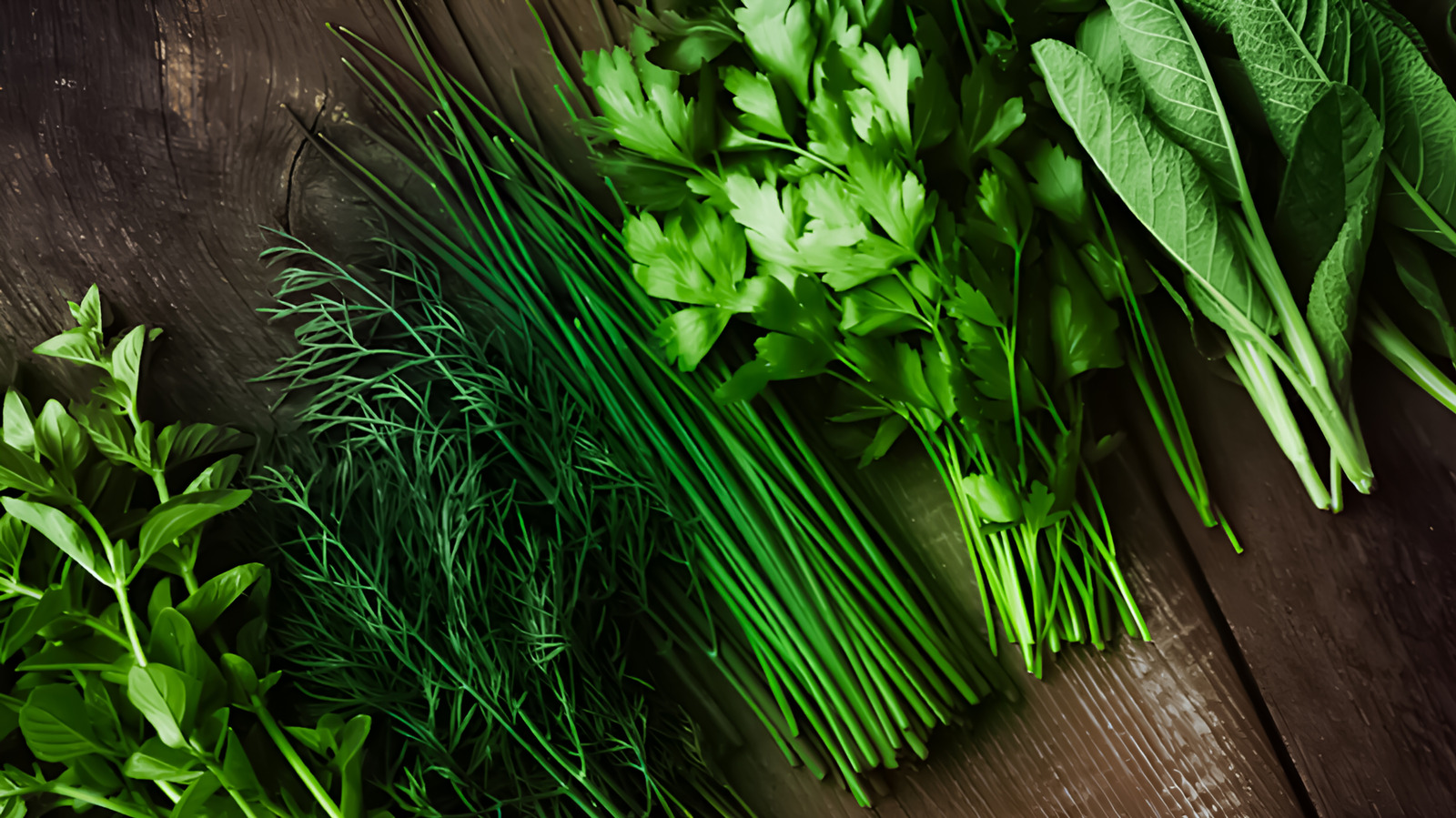If there’s one ingredient you should always have in your kitchen, it’s fresh herbs. The plants easily spruce up any recipe by amping up flavor with an earthy spin and giving dishes an eye-catching look. It can be a pain to run out of your favorite herbs or find them spoiled in your refrigerator, but propagating and replanting store-bought herbs ensures that you’re always prepared.
When you reach the last few sprigs of basil, oregano, rosemary, thyme, or mint, this usually means another trip to the grocery store to stock up on more. However, there’s a way to keep the herbs coming in while saving money. Instead of using up all of the produce, it’s possible to root the last few sprigs and then plant them in your garden or in a pot so you can always have a fresh supply. Opting for store-bought herbs rather than seeds cuts down on the time spent waiting around for the plants to grow, and allows you to create more uses out of your groceries.
When choosing herbs for planting — perhaps for a tea garden, opt for the freshest sprigs with the longest stalks. New growth with healthy, green leaves has the best chance of continuing to grow. Cut the leaves at the bottom of the stalk off, leaving about an inch worth of stem to place in water. Put the herb in a jar filled with water with the leaves out of the water and provide it with indirect sunlight. After around two weeks, once roots have started sprouting, you can permanently transfer your herbs to soil.
Follow these tips when planting an herb garden
When you’re just starting out with gardening, transferring multiple types of herbs into one pot or planter may be the easiest way to take care of them all at once. If you do this, however, make sure the herbs you choose grow well together. Perennial herbs live for more than two years and regrow in warmer weather after dying out in the winter, although some can withstand the colder temps. Herbs like sage, mint, rosemary, and oregano don’t need much effort or as much water as other plants, making them great picks for an herb garden started from store-bought packets. The other even easier way to do this is to plant out grocery-store herbs that you bought already potted, which can be divided up and transferred to the garden or pots straight away.
If you also plan on planting annual herbs that require slightly more attention, like dill or parsley, try out a different method. Old coffee mugs can make fresh herbs the star of your kitchen windowsill while allowing each plant to grow in its own space. After your store-bought herbs have grown some roots in water as described above, drill a hole into the bottom of the coffee mugs and transfer the herbs into their own container with some compost. A bright windowsill allows them to get their daily dose of sunlight, but you can still tend to their individual needs with ease.






